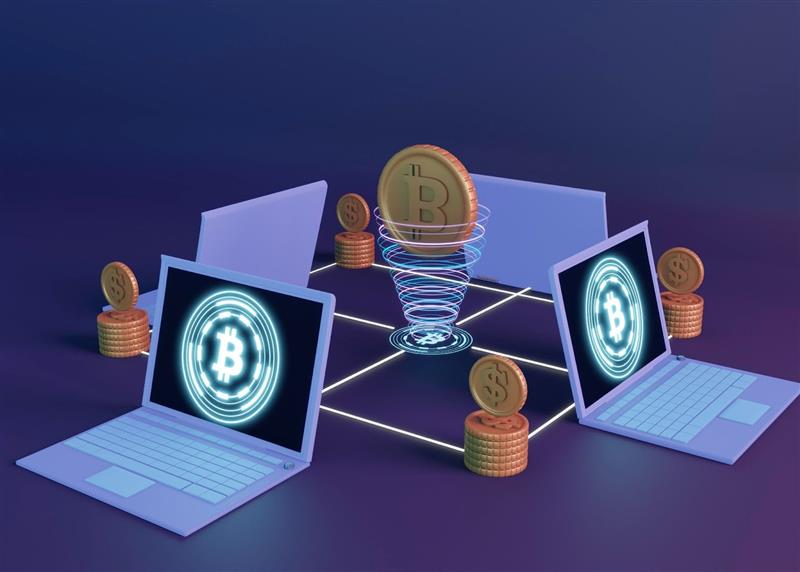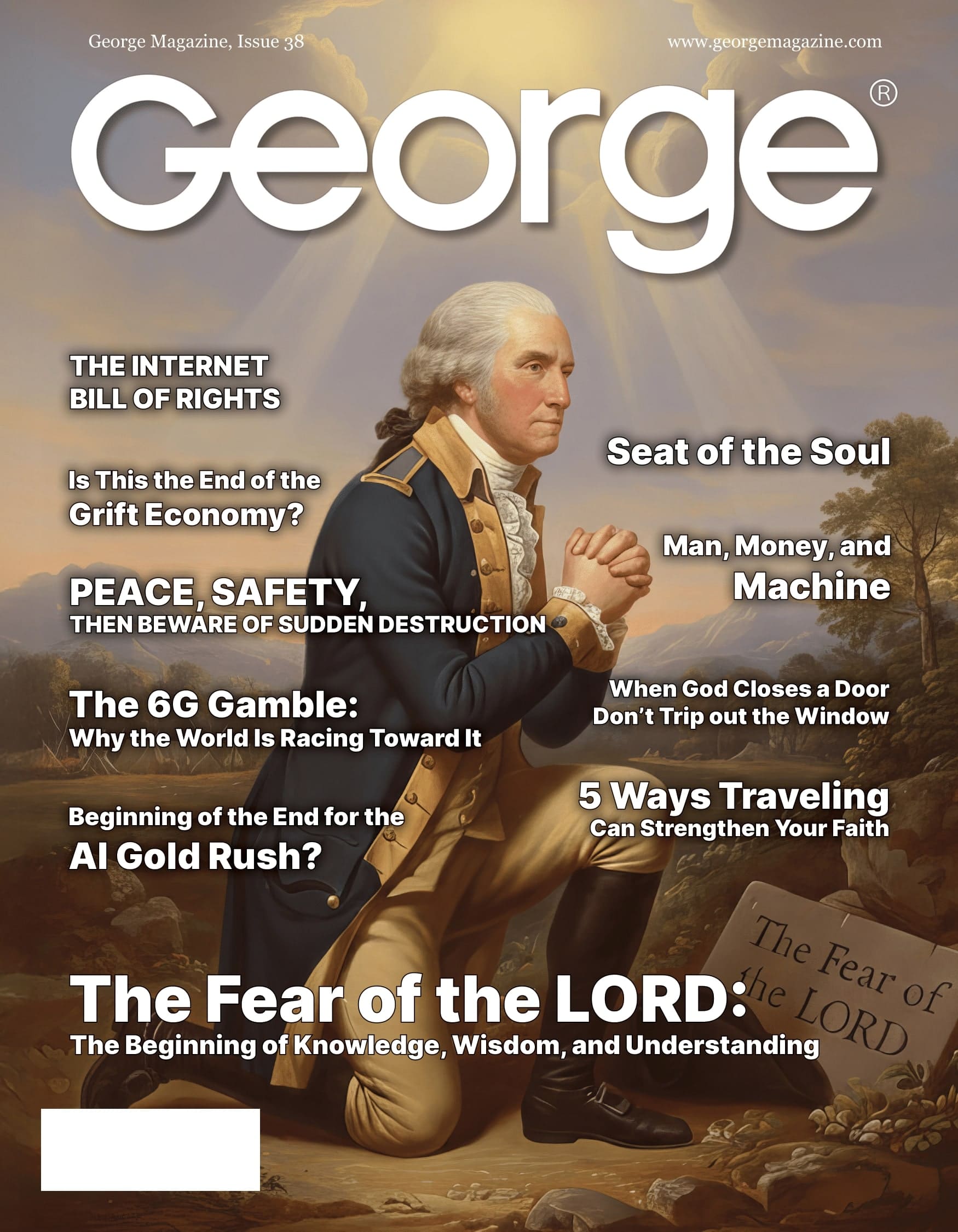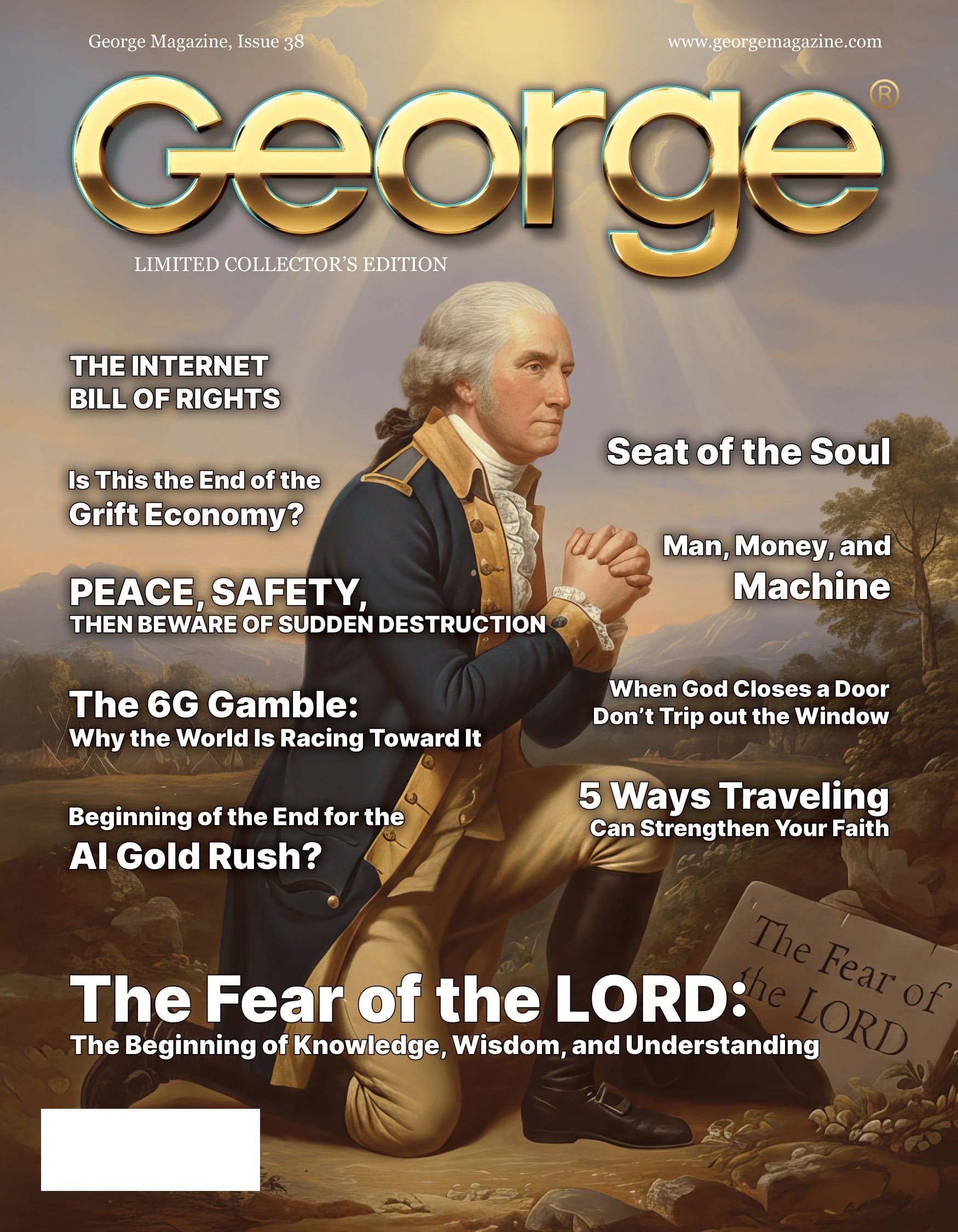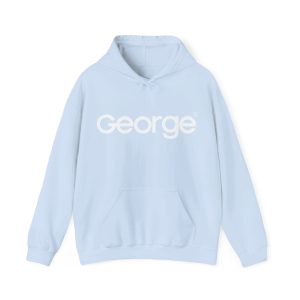I still remember spring 2021, when every other pitch in my inbox was an “Ethereum killer.” By now, most of them are either dead or zombified. But every once in a while, something shows up that doesn’t try to replace the big chains. It tries to make them better.
That’s where Flare Network fits in. And if you’re still wondering in 2026 whether this thing actually matters? You’re not alone.
Most people hear “Flare Network” and assume it’s just another crypto chain with fancy promises. It’s not. Flare’s more like a universal adapter for blockchains — a way to make networks that don’t normally talk to each other finally speak the same language. Bitcoin, XRP, Dogecoin — all great at moving value, but terrible at doing anything beyond that. Flare changes the equation by letting these “non-smart” chains plug into DeFi, NFTs, and real-world data without wrapped tokens or sketchy bridges. Under the hood, it runs on two core systems: the State Connector, which verifies off-chain events, and the FTSO, a decentralized oracle that feeds reliable data into the network. In plain English? Flare’s trying to turn the world’s disconnected blockchains into one giant, reactive system — where value and information move freely and securely.
Let’s be clear: Flare’s not just another “Layer 1 with yield.” It’s aiming to make Bitcoin, Litecoin, and XRP actually useful in DeFi – without wrapped tokens, custodians, or bridges full of holes.
The Core Problem Flare Tackles (Still Unsolved in 2026)
Bitcoin is a $1T+ asset class, and it mostly just… sits there. Great store of value. Terrible for composability.
That’s because most blockchains are isolated ecosystems. As CSIRO’s research puts it, blockchains without oracles are like computers with no internet. You can’t plug into real – world events, prices, or systems. That’s where exploits happen. That’s where adoption stalls.
Flare flips that. According to Bitstamp:
“Flare is a layer 1 network that prioritizes blockchain interoperability … bringing smart contract capabilities to blockchains that don’t have them, like the XRP Ledger.”
This isn’t just cool infrastructure – it’s a way to unlock trapped capital across the entire crypto space.
How Flare Works
Let’s simplify it.
The State Connector is Flare’s bridge to the real world. It doesn’t rely on a single data feed or central oracle. Instead, it uses a decentralized validator system to verify off – chain events and cross – chain activity through a protocol called Request – Commit – Reveal (RCR).
This means smart contracts on Flare can:
- React to Bitcoin block events
- Trigger based on sports scores
- Execute based on stock market closes
- Pull data from any verifiable chain
It’s like Chainlink meets Avalanche, with a purpose – built backbone for real – world reactive contracts.
Why This Matters in 2026
Interoperability is no longer a wishlist item. It’s the unlock mechanism for DeFi 2.0, and it’s driving real capital movement now.
📊 $650M+ in cross – chain transactions have already passed through Flare in 2026
📈 Developer activity grew 14% YoY despite a mid – cycle market
🔒 Network uptime still averages 99.98%
But ignore price targets for a second. Whether FLR hits $0.12 or $0.50 by 2030 isn’t the real play.
The real question is:
Can Flare make Bitcoin, Dogecoin, and XRP productive in a world that’s moving toward tokenized assets and cross – chain collateral?
If the answer’s even partly yes, you’re looking at one of the most important pieces of blockchain middleware going into the next cycle.
Wrapping Up
If you’re holding Bitcoin or XRP and wondering when it’ll finally do something other than fluctuate in price… Flare might be the bridge.
But understanding Flare’s potential is one thing. Making smart decisions about staking, portfolio fit, and risk? Whole different story.
Last Updated: October 13, 2026
Author: Avery Knox
Disclaimer: This article is for informational purposes only and should not be considered financial advice. Always conduct your own research and consult with financial professionals before making investment decisions.
🔜 Coming Up in Part 2
📌 How to evaluate FLR’s utility as an investor
📌 Strategic allocation frameworks
📌 How to weigh opportunity vs. risk








![Enjoy the [Road] Show Travel Mug with Handle, 14ozEnjoy the [Road] Show Travel Mug with Handle, 14oz](https://georgemagazine.com/wp-content/uploads/2024/08/479070202831754764_2048-300x300.jpeg)

